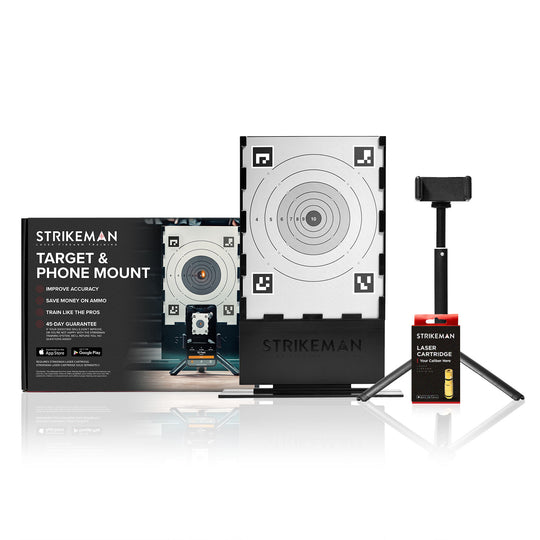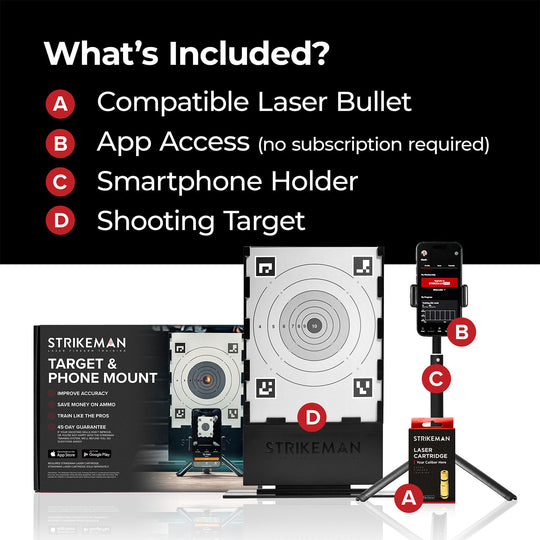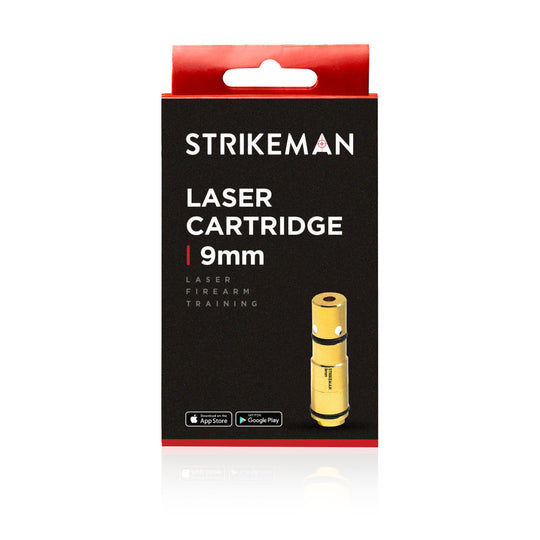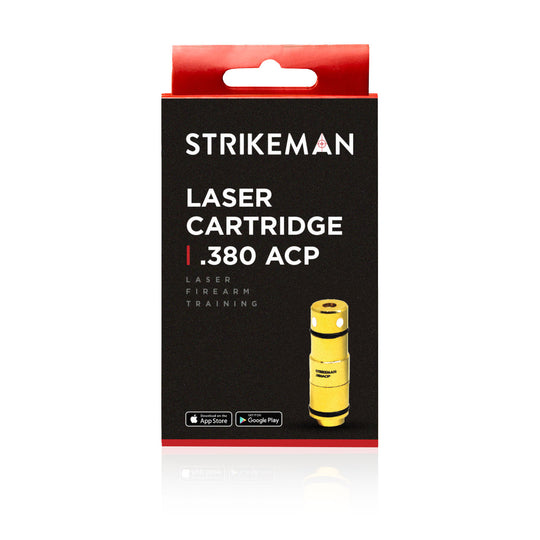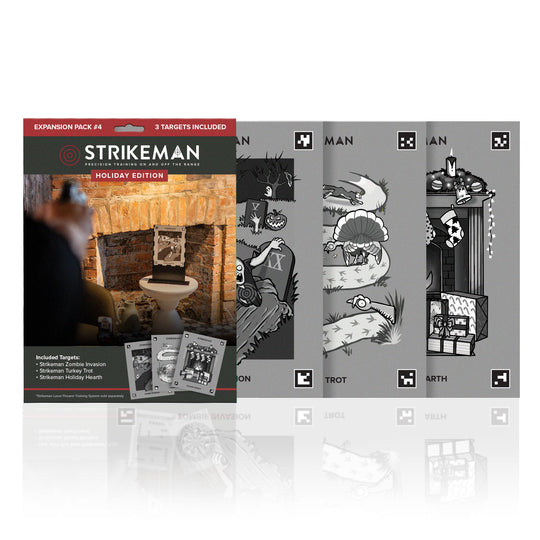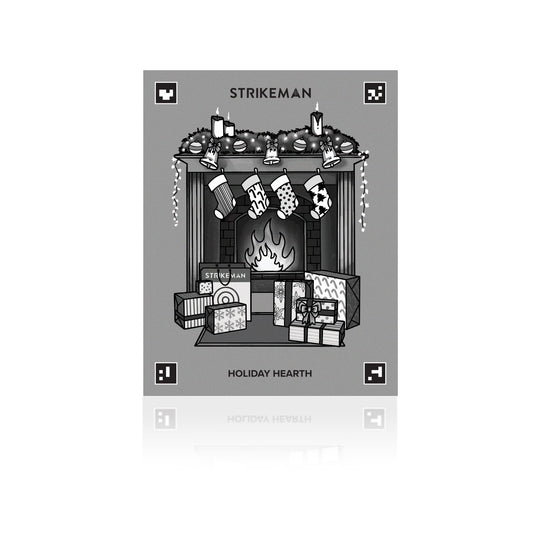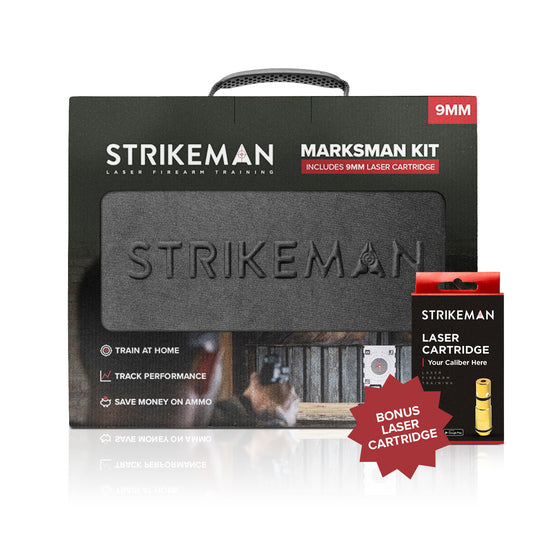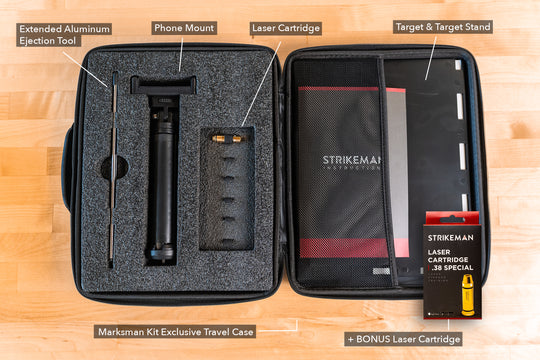Many expert shooters have years of training learning how to aim and shoot accurately with a rifle, although it's equally important to learn how to aim a pistol properly and shoot accurately.
It is not uncommon to find veterans with years of shooting experience struggling with how to aim a pistol properly. This is because handguns are the most difficult firearms to shoot since there is very little part of the firearm that you can hold on to.
Our aim for this article is simple: to teach both beginners and expert shooters how to aim and shoot a pistol/handgun accurately with proper recoil and trigger control.
Of course, the topic of how to aim and shoot a pistol accurately is an extensive topic, but we have tried our best to condense it into this relatively short article.
A Few Factors That Make Pistol Aiming Difficult
- There is very little to hold on to since most handguns are designed to fit properly in your hand, with very little extra space for your hand to hold on to.
- The shorter radius that exists between the front and the rear sight makes it harder to aim and to notice the human error that occurs during aiming.
- Pistols generally do not have an extra locking point to help with recoil management like the butt stock of most rifles.
- Lastly, it is uncommon to find pistols with the built-in mechanical accuracy possessed by most rifles.
However, regardless of the few disadvantages that come with aiming and pistol shooting, one thing remains true: as long as you perform all the marksmanship basics properly, you can almost always get high handgun accuracy.
Think of the basics of learning how to aim a pistol like this: as long as you have the gun aimed at your target, you pull the trigger, and you get your shot off without the muzzle of your gun moving, then you are likely to hit the mark.
According to a handgun shooter of over 50 years, below are the basics you must master if you want to learn how to aim a pistol accurately:
- Assume a strong and proper shooting stance
- Use a high hand grip
- Ensure a firm grip with dominant hand
- Focus on the front sight
- Apply uniform pressure during trigger squeeze
Assume a Strong and Proper Stance
In the world of firearms training, three common stances you would hear of when learning how to aim a pistol are the Weaver stance, Isosceles stance, and Tactical/Modern Isosceles stance.
However, in this article, we would focus less on the name of a stance and instead focus on teaching you the basics of a good stance.
Here are a few things to NOT do when learning how to aim a pistol accurately:
- Do not stand sideways to the target when pistol shooting, as this is bad for both balance and handgun accuracy.
- Do not stand with one heel directly behind another, as this means your body will not have adequate lateral balance, and your shots are likely to sway sideways (typically, towards the front side).
- Lastly, when you have your legs standing parallel to each other, side by side, then you are likely to sway forward or backward when you shoot your pistol, causing your shots to miss above or below the target.
The Proper Stance for Shooting a Pistol
In modern times, the stance we recommend in this section will be described as a form of the Modern Isosceles stance.
Here are tips on what to look out for in your shooting stance:
- Think of your stance as being in a boxer’s stance where you have a triangular base formed by tilting your hips 45 degrees towards the target, and your left leg forward and the right leg behind, as long as your dominant hand is your right hand and you are holding the gun with both hands.
- Ensure that your shoulder is leaned in a little bit forward to help get some weight behind your pistol and control the recoil of your handgun.
- Always ensure that you have your shoulders slightly leaning forward, and remember to have your nose over your toes.
- Ensure your hands are fully stretched in front of you, with the left hand locked at the elbow and the shooting hand slightly bent at the elbow for recoil control.
Use a High Hand Grip
Now that you know the best way to stand for balance and accuracy, the next step is to learn how to use a high hand grip.
The high hand grip requires that when you hold a pistol, the web of your hand (the space between your thumb and your index finger) rests right below the edge of your pistol’s backstrap.
Regardless of the kind of handgun you are using, the goal is to make sure your primary gripping hand is as high behind the firearm’s backstrap as possible.
The high hand grip ensures that you have better muzzle control and less pistol movement during recoil.
If your hand is too low when gripping the handle of your firearm, your pistol is likely to dip whenever you pull the trigger.
Ensure a Firm Grip
Here is the first tip you should master: hold your gun as tightly as you can until you feel the tremor; you can then release your grip a little bit until the tremor stops.
You need to realize that pistols are powerful weapons that would throw you off with their recoil if not gripped properly. One thing to make sure of is that you have the sights in a straight line.
How to use the hard hand grip:
- Depending on how a gun fits in your hand and how you are used to gripping a gun, you can either have your thumb pointing straight at the target while resting on the side of your pistol, or you can have your thumb curled on the side of your gun, adding to the grip of your gun right below your manual safety.
- By learning to hold your gun as tightly as possible during training, you have a higher chance of keeping your gun and preventing someone else from collecting it from you in a gunfight.
In terms of trigger contact, a lot of it depends on the size of your hand and the nature of the trigger on your pistol; some pistols, like the Glock, have long/heavy trigger pulls.
Some experts favor pulling the trigger with the tip of their finger for enhanced sensitivity, while others prefer to pull the trigger with the pad of the index finger.
Focus on the Front Sight
While most pistols typically have a front and rear sight, your focus should primarily be on the front sight. This is because it is difficult for the human sight to focus on the front sight, rear sight, and the target at the same time.
Once you have visually acquired your target, the next thing you should do is focus your sight on the aiming indicator, which is the front sight. Make sure your focus does not leave the front sight as you get ready to fire your shot.
One mistake a lot of beginners and even experienced shooters make when learning how to aim a pistol is taking their eyes off the front sight to focus on the groove of the rear sight or the target itself.
Remember to focus on the front sight once the target has been visually acquired while pointing your gun at the target.
Apply Uniform Pressure to the Trigger
Most people forget that the best way to ensure proper trigger control is by ensuring that the muzzle of the gun does not get pulled in any direction when the trigger is pulled.
The best way to get good at pulling your trigger is with consistent practice because you need to feel the smooth pull of your trigger, not just see it.
Tips on proper trigger control:
- Ensure that when you pull the trigger of your pistol, the action is smooth, even, and uninterrupted by applying smooth and consistent pressure.
- Do not anticipate your shot to the point that you twitch your trigger finger as you fire your shot. The goal is to pull the shot consistently and smoothly continuously and let the bullet getting fired come as a surprise to you. Not because it was accidentally discharged but because you were only focused on the trigger pull and not the release of the bullet.
- Most experts agree that dry-firing is the best way to practice trigger control and ensure good trigger-pulling habits.
- One good way to learn good trigger habits is by feeling the shots of a seasoned shooter. You do this by assuming a strong stance and holding your pistol with a firm grip, pointing your gun at the target, and letting the seasoned shooter put his trigger finger on yours, firing multiple shots. Let the seasoned shooter do this until you have a good feel of his trigger habits.
Practice Consistently With Dry-Fire Training Systems – Strikeman
Shooting a pistol can be slightly harder than shooting most rifles due to the lack of adequate parts of the firearm to hold and the short distance between the front and the rear sights, which requires the smallest margin of human error to pull off accurately.
Shooting a pistol is not so complicated, but it isn't always easy to aim and shoot a pistol accurately, either.
Therefore, one thing you need more than anything else, apart from mastering the basics, is training as consistently as possible to build muscle memory.
Dry-fire training systems are great for learning how to aim a pistol accurately, safely and cost-effectively.
Dry-fire training systems allow you to train with your live firearm without the need for live ammunition by using a laser cartridge to emit laser beams on the target, which can be tracked using real-time shot tracking and analysis software.
At Strikeman, we aim to reduce the gap between training at home with our dry-fire training systems and training at a gun range using live firearms and live ammunition.
Our dry-fire training systems are made to industry standards and designed to be as accurate as possible.
Contact us today to learn more about our dry-fire training systems!

